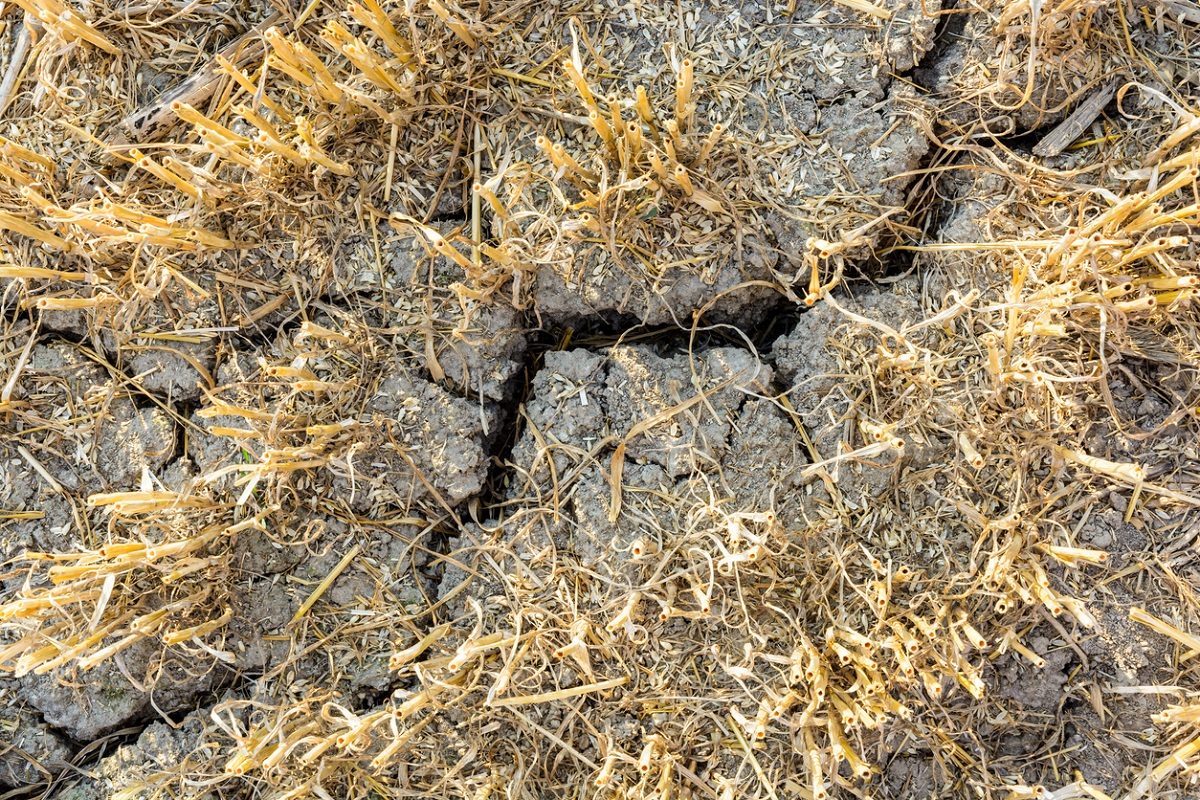India, France to intensify cooperation in high-end technology sectors
India and France have agreed to expand bilateral partnership in the areas of high-end technology sectors.
The analysis was done by CEEW for a period of 40 years. CEEW is among the world’s top climate think tanks.

Representation image (Photo: iStock)
Almost 30% of India’s districts witnessed a high number of deficient rainfall years, while 38% saw a high number of excessive rainfall years, an analysis by the Council on Energy, Environment and Water (CEEW) said on Wednesday.
The analysis was done by CEEW for a period of 40 years. CEEW is among the world’s top climate think tanks.
Advertisement
It also showed that of these, 23% of districts such as New Delhi, Bengaluru, Nilgiris, Jaipur, Kutch and Indore, witnessed both a high number of deficient as well as excessive rainfall years.
Advertisement
The agency said that by decoding these trends at an even more granular level, it was found that 55% of tehsils witnessed an increase in southwest monsoon rainfall in the past decade (2012-2022) by more than 10% compared to the climatic baseline (1982–2011).
The northeast monsoon rainfall increased by more than 10% in the past decade (2012-2022) in approximately 80% of tehsils in Tamil Nadu, 44% in Telangana, and 39% in Andhra Pradesh, respectively.
On a monthly basis, it was found that nearly 48% of tehsils in India saw an increased rainfall in October by more than 10%, which could be due to the delayed withdrawal of the southwest monsoon from the subcontinent.
“While the decreasing trends in southwest monsoon were not statistically significant continuously over forty years, we found that these tehsils are in the Indo-Gangetic plains, which contribute to more than half of India’s agricultural production, northeastern India, and the Indian Himalayan region. These regions also host fragile but highly diverse ecosystems,” the report said.
Of these tehsils, approximately 68% experienced reduced rainfall in all months from June to September, while 87% showed a decline during the initial monsoon months of June and July, which are crucial for the sowing phase of Kharif crops.
As per the latest data released by the National Statistical Office, retail inflation rose to a four-month high of 5.69% in December 2023 due to a rise in food prices.
Food inflation data on a sequential basis was underpinned by the seasonal contractionary behavior seen in December.
Advertisement